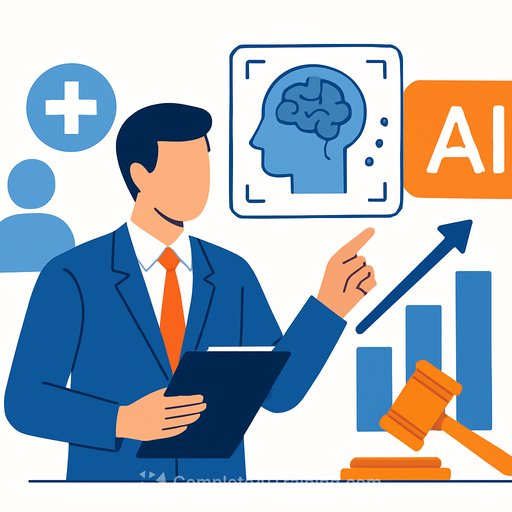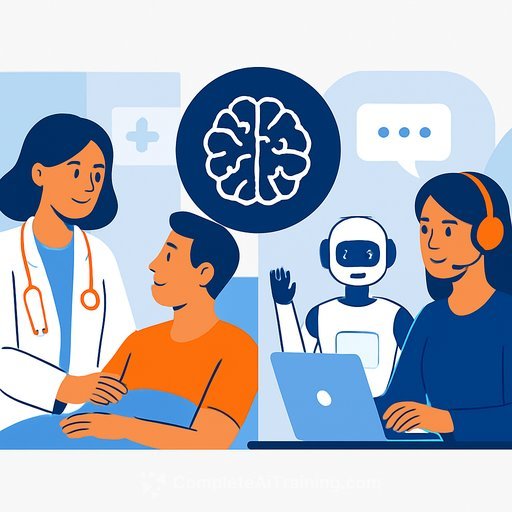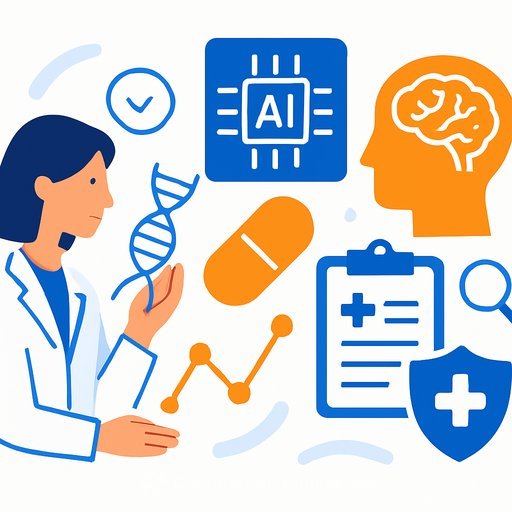How Healthcare Teams And Investors Are Reacting To Wolters Kluwer's New AI Tools
Wolters Kluwer Health launched two AI-powered solutions in October 2025-UpToDate Expert AI and Ovid Synthesis Expert AI-and put senior leaders on stage at events like CCH Connections and the CRA & Fair Lending Colloquium in the U.S. The message is clear: deeper AI embedded in clinical decision support and compliance workflows.
Investor reaction has been mixed across listings: WKL.AS -4.25%, WOLTF +4.39%, WTKWY -4.19%. That kind of split usually says the market sees long-term promise, while still questioning near-term revenue momentum.
What This Means For Clinicians And Compliance Leaders
- Point-of-care speed: UpToDate Expert AI can shorten time-to-answer by surfacing evidence and drafting starting points for care plans. Faster retrieval means fewer clicks and more attention on patients.
- Evidence synthesis: Ovid Synthesis Expert AI supports protocol development and literature reviews, helping teams standardize methodology and reduce rework.
- Compliance workflows: With Wolters Kluwer doubling down on AI in regulatory platforms, expect tighter documentation, audit trails, and policy updates mapped to changing rules.
For hospital leaders, the takeaway is practical: AI is moving inside the tools you already use. The value shows up in minutes saved, fewer handoffs, and cleaner records.
Why Investors Care
The company's investment case leans on AI-enabled SaaS and expert solutions that grow recurring revenue and lift margins. These new launches reinforce differentiation in clinical and compliance niches.
The risk hasn't changed: declining print and other nonrecurring revenues are still a headwind for the top line in the short term. The key catalyst remains broader digital adoption across customer bases.
Signals To Watch Next
- Clinical impact: Usage rates, time-to-answer reductions, and how often AI-generated drafts are accepted or revised.
- Safety and governance: Guardrails against incorrect outputs, clear sourcing, and auditability for regulators.
- Commercial traction: ARR growth, bundle adoption across clinical and compliance suites, and renewal uplift.
- Print-to-digital migration: Pace of conversions and whether AI features accelerate that shift.
How Healthcare Organizations Can Act Now
- Run a 60-90 day pilot in one service line with clear success metrics (time saved, guideline adherence, documentation quality).
- Stand up governance early: define approved use cases, human-in-the-loop review, and escalation paths for questionable outputs.
- Measure total workflow impact, not just accuracy-clicks removed, staff hours saved, and downstream effects on coding and quality.
- Ask vendors for source transparency, update cadence, and sandbox access for validation.
If you want product specifics, start at the official pages for UpToDate and Wolters Kluwer Health's newsroom for AI updates (Wolters Kluwer Health).
Building team skills around clinical AI and evaluation frameworks? See structured learning paths here: AI courses by job.
Your membership also unlocks:






